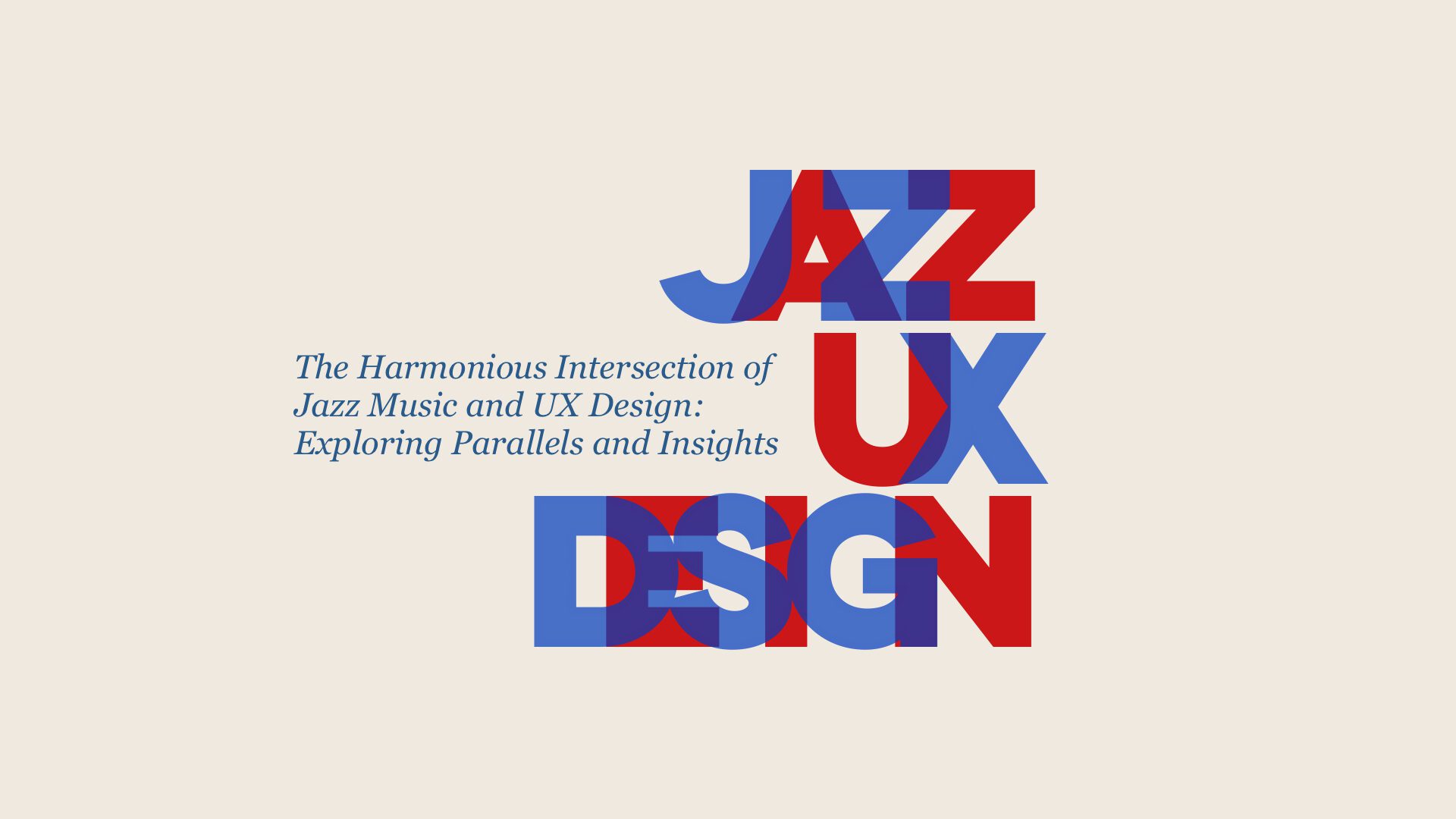Exploring Parallels and Insights
Jazz music and UX design might seem worlds apart at first glance—one rooted in the rich history of musical improvisation and the other in the dynamic field of user experience. However, upon closer examination, striking similarities emerge between these two disciplines, both of which thrive on creativity, adaptability, and a deep understanding of their audiences. This article explores the parallels between jazz music and UX design, illustrating how the principles of one can offer valuable insights into the other.
The Foundation of Creativity
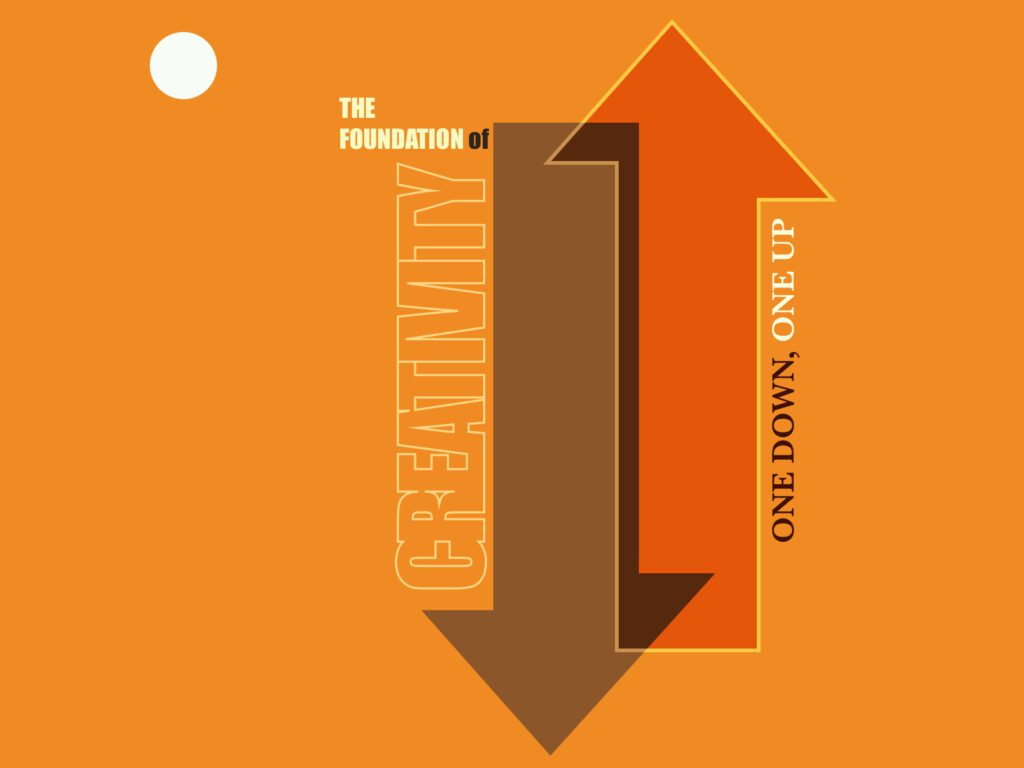
1. Improvisation and Innovation
At the heart of jazz music is improvisation. Jazz musicians often deviate from the written score, exploring new melodies, rhythms, and harmonies on the fly. This spontaneous creativity is central to the genre, allowing musicians to express themselves uniquely and respond to the energy of the moment.
Similarly, UX design thrives on innovation and the ability to adapt. Designers frequently experiment with new ideas, prototypes, and user interfaces, seeking creative solutions to complex problems. Just as a jazz musician might improvise a solo, a UX designer often develops novel approaches to enhance user experience, adapting their methods based on user feedback and testing results.
2. The Importance of Aesthetic Harmony
In jazz, the interplay of different musical elements—such as melody, harmony, and rhythm—creates a rich and cohesive sound. Musicians work together to achieve a harmonious balance, where each instrument complements the others, contributing to a unified performance.
UX design similarly relies on creating a harmonious user experience. Designers must balance various elements, such as functionality, visual aesthetics, and usability, to create a cohesive and engaging product. Just as jazz musicians aim for a seamless and pleasing performance, UX designers strive for a user experience that feels intuitive and enjoyable.
Understanding the Audience
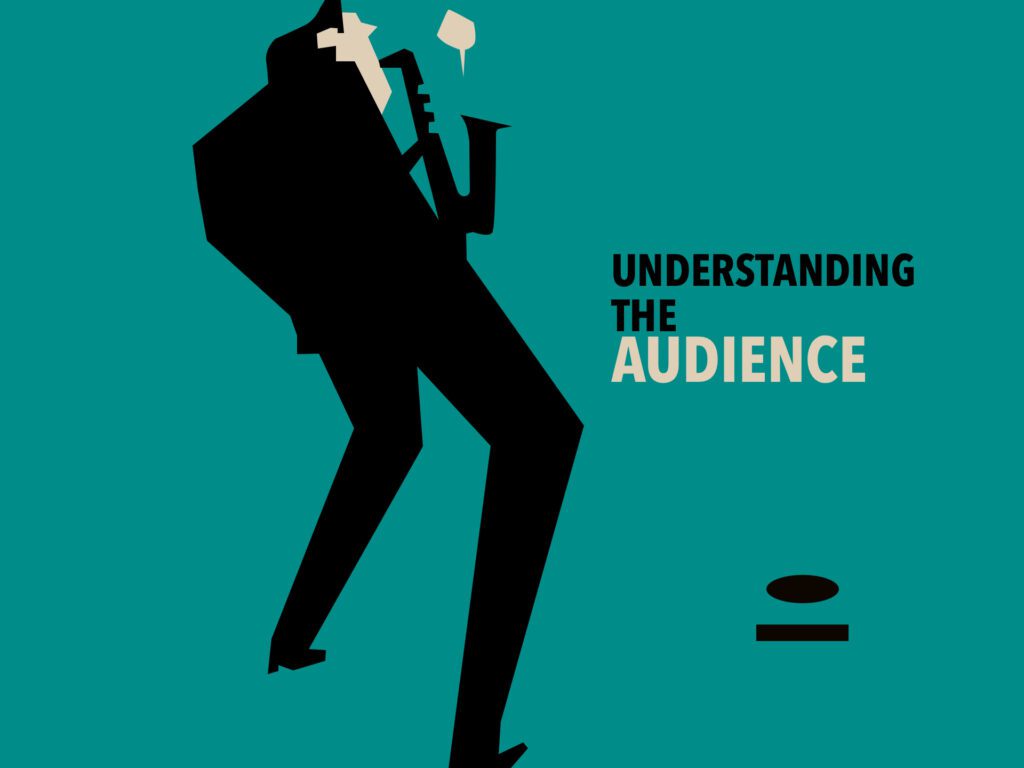
1. Audience Engagement
Jazz musicians are acutely aware of their audience. They read the room, adjusting their performance based on the audience’s reactions and energy. This responsiveness is key to delivering a memorable and engaging performance.
In UX design, understanding and engaging the target audience is equally crucial. Designers use user research, personas, and usability testing to gain insights into user needs, preferences, and behaviors. This understanding allows them to create products and interfaces that resonate with users and meet their expectations. Just as jazz musicians adjust their performance to connect with their audience, UX designers tailor their designs to align with user needs.
2. Feedback Loops
Jazz performances often involve direct interaction between musicians and their audience. Musicians may receive immediate feedback through applause, reactions, or the overall atmosphere, allowing them to adjust their performance in real-time.
UX design also relies on feedback loops. Designers gather user feedback through testing, surveys, and analytics to refine and improve their designs. This iterative process enables designers to make data-driven decisions and enhance the user experience continually. Both jazz musicians and UX designers rely on feedback to inform and guide their work, striving for excellence through continuous improvement.
The Role of Structure and Flexibility
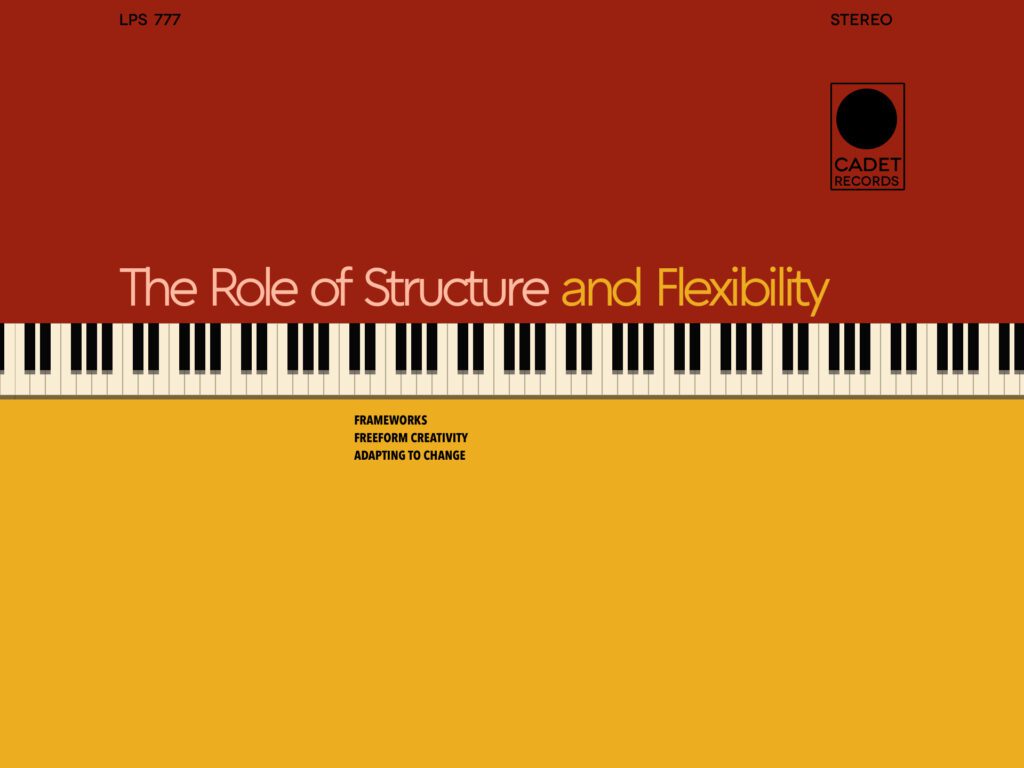
1. Frameworks and Freeform Creativity
Jazz music is built on a framework of chord progressions and structures, such as the 12-bar blues or standard jazz forms. While these frameworks provide a foundation, musicians are free to explore and improvise within them, creating spontaneous and unique performances.
UX design similarly involves working within frameworks and guidelines, such as design systems and usability principles. These frameworks provide structure and consistency, but designers have the freedom to experiment and innovate within these constraints. This balance of structure and flexibility allows for creative solutions that enhance the user experience while maintaining consistency and coherence.
2. Adapting to Change
In jazz, musicians often adapt to changes in tempo, mood, or style, responding to the dynamics of the performance and the contributions of their fellow musicians. This adaptability is essential for creating a cohesive and engaging musical experience.
UX design also requires adaptability. As technology evolves and user expectations shift, designers must adjust their approaches and stay current with industry trends. This adaptability ensures that designs remain relevant and effective in a constantly changing landscape. Both jazz musicians and UX designers must be flexible and responsive to create successful outcomes.
Collaboration and Communication
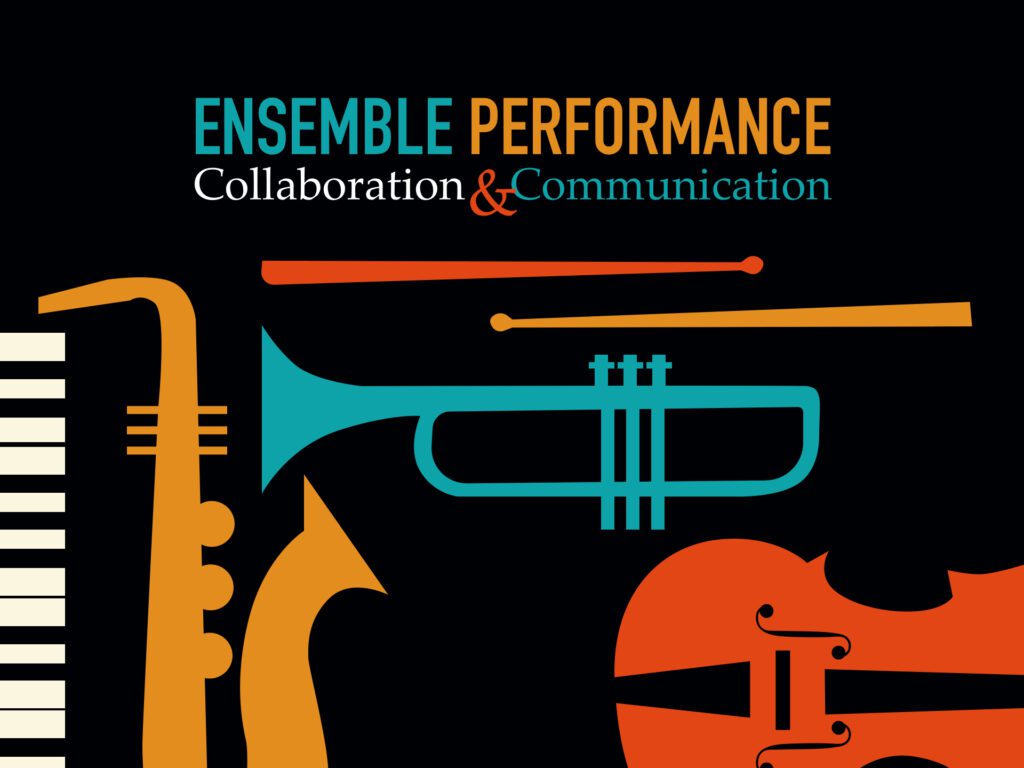
1. Ensemble Performance
Jazz is a collaborative genre, with musicians working together to create a unified performance. Each musician’s contribution is integral to the overall sound, and effective communication and coordination are essential for a successful ensemble performance.
UX design also involves collaboration and communication. Designers work with stakeholders, developers, and other team members to create cohesive and functional designs. Clear communication and collaboration are key to ensuring that the design aligns with project goals and user needs. Just as jazz musicians collaborate to produce a harmonious performance, UX designers work together to deliver an effective and user-centered product.
2. Creating a Shared Vision
In jazz, musicians often share a common vision or theme for a performance, even while improvising. This shared vision helps guide their interactions and ensures that their contributions enhance the overall performance.
Similarly, UX design projects benefit from a shared vision among team members. Establishing a clear understanding of project goals, user needs, and design principles helps align the team’s efforts and ensures a cohesive final product. Both jazz musicians and UX designers work towards a common goal, leveraging their individual skills and creativity to achieve a successful outcome.
The Art of Balance
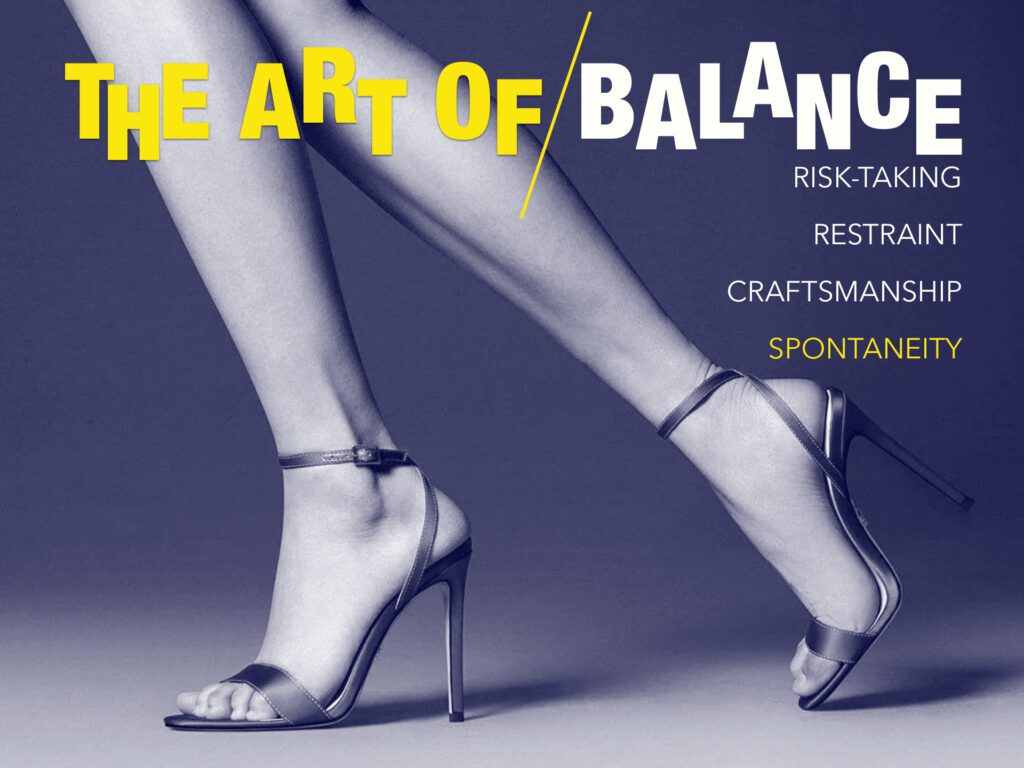
1. Risk-Taking and Restraint
Jazz music involves a delicate balance between risk-taking and restraint. Musicians must take creative risks to explore new ideas and express themselves, but they must also exercise restraint to maintain harmony and cohesion within the performance.
UX design similarly requires a balance between innovation and practicality. Designers must take creative risks to develop novel solutions and push boundaries, but they must also ensure that their designs are functional, user-friendly, and aligned with project constraints. Striking this balance allows for the creation of effective and engaging user experiences.
2. Craftsmanship and Spontaneity
In jazz, craftsmanship and spontaneity coexist. Musicians hone their technical skills and knowledge of musical theory while embracing the spontaneity of improvisation.
UX design also blends craftsmanship with spontaneity. Designers develop their skills and expertise in design principles, but they also embrace the spontaneity of creative problem-solving and iterative design. This combination of skill and spontaneity enables designers to craft user experiences that are both thoughtfully designed and responsive to user needs.
Conclusion
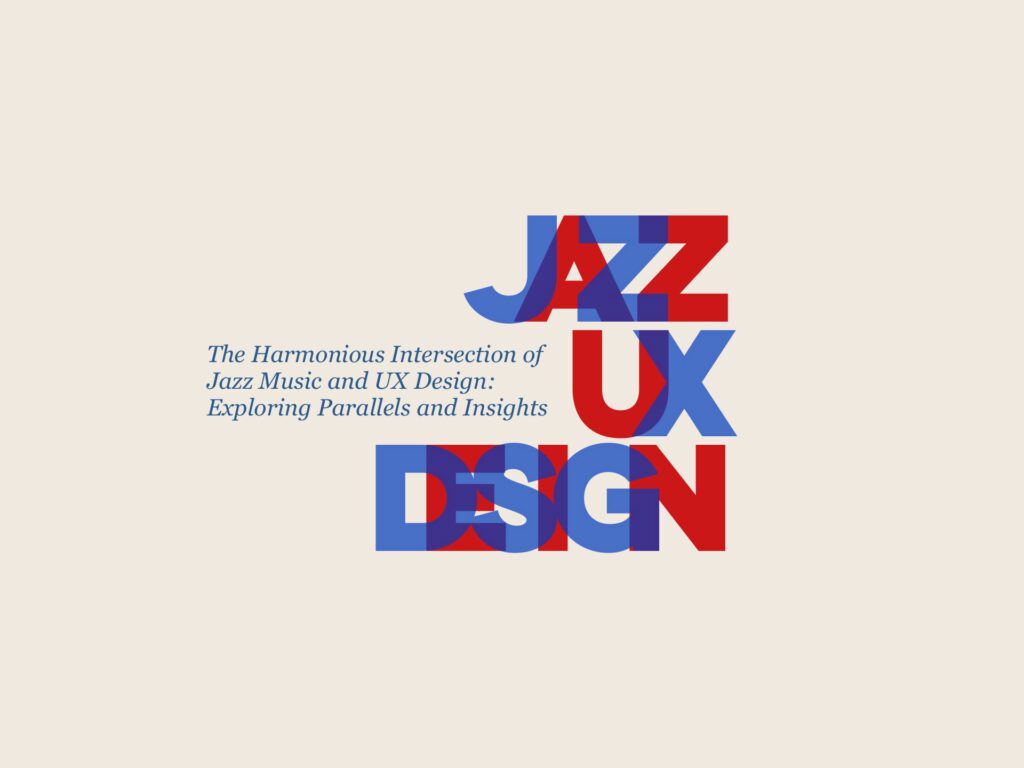
The similarities between jazz music and UX design reveal a fascinating intersection of creativity, adaptability, and audience understanding. Both disciplines rely on a balance of structure and flexibility, effective collaboration, and the ability to respond to feedback. By embracing the principles of improvisation, harmony, and user engagement found in jazz, UX designers can gain valuable insights into their own creative processes and approaches. As both jazz and UX design continue to evolve, the parallels between these two fields offer rich opportunities for innovation and excellence, proving that the art of creating meaningful and engaging experiences transcends disciplinary boundaries.
Disclaimer: The information contained in this post is for general information purposes only. The views expressed here are my own and do not necessarily reflect the opinions or positions of my employers, clients, or any organizations with which I am affiliated.
The audio summary segments, included for accessibility, are generated with experimental NotebookLM.

